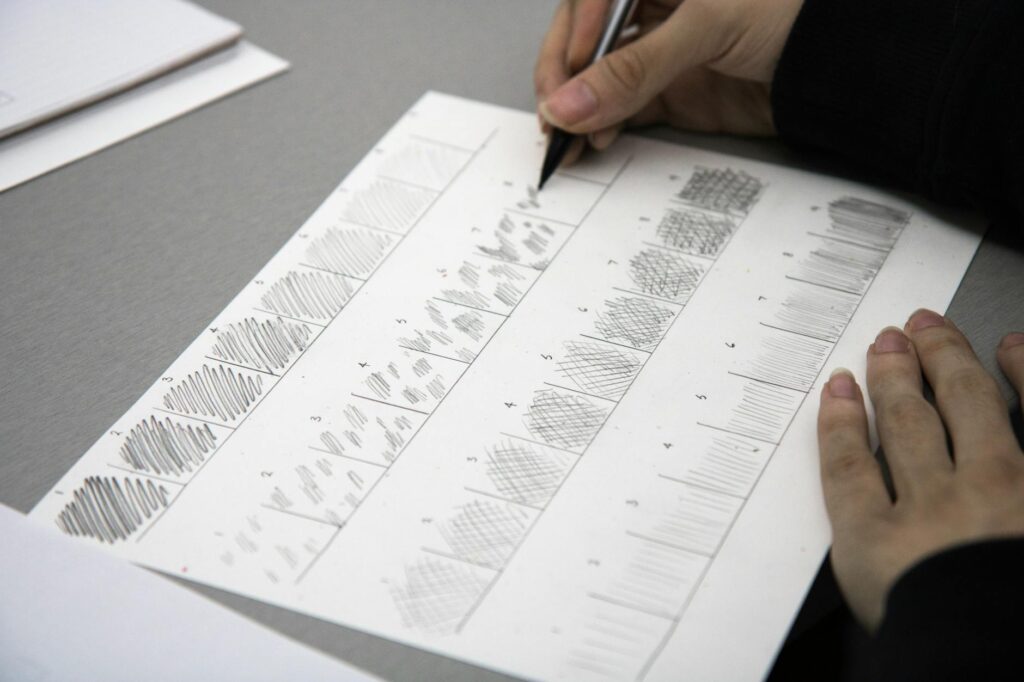What is task visualization methods?

What is task visualization methods?
In today’s fast-paced world, staying organized and efficient can feel overwhelming. That’s where task visualization methods come into play. These techniques help us see our tasks in a way that makes them more manageable and less daunting. By presenting information visually, we can enhance our productivity and streamline our workflow. Let’s explore what task visualization methods are, how they work, and the benefits they can bring to your personal and professional life.
Understanding Task Visualization Methods
Task visualization methods refer to various techniques used to represent tasks visually, helping individuals and teams organize and prioritize their work. These methods transform complex information into simpler, more digestible formats. From charts and diagrams to mind maps and digital boards, task visualization can significantly enhance productivity.
The Concept of Visualization in Task Management
Have you ever felt lost while juggling multiple projects? Visualization can be a powerful tool. By mapping out tasks visually, you can clearly see what needs to be done, when, and by whom. This clarity aids in understanding complex tasks, breaking them down into manageable parts. When we visualize our tasks, it increases engagement and helps prevent feelings of overwhelm.
The Psychology Behind Visualization Techniques
The psychological benefits of visualization techniques are profound. For one, visualizing tasks can increase motivation. When we see our goals laid out in front of us, it becomes easier to focus on achieving them. Additionally, visual methods improve retention of information. Studies show that people remember information better when it’s presented visually, making it easier to recall important details when needed.
Types of Task Visualization Methods
Let’s dive into some popular task visualization methods and explore how they can be effectively applied.
Mind Mapping
Mind mapping is an effective brainstorming tool that allows you to lay out your thoughts visually. It resembles a tree, with the central idea in the middle and branches representing related ideas or tasks. This method promotes creativity and helps in organizing thoughts in a way that makes connections clear. For more on mind mapping techniques, check out this guide.

Photo by Roxanne Minnish
Flowcharts
Flowcharts are visual representations of processes. They simplify steps and decisions, guiding users through tasks sequentially. Whether you’re mapping out a workflow or planning a project, flowcharts help clarify complex processes. They’re particularly useful in identifying bottlenecks and improving efficiency.
Gantt Charts
Gantt charts are invaluable for project management. They visually represent project timelines, showing tasks, durations, and dependencies. This method helps you track progress over time, making it easier to spot delays or issues. To learn more about Gantt charts and their applications, visit this informative article.
Kanban Boards
Kanban boards are another popular visualization method. They facilitate workflow visualization and task management by displaying tasks in columns based on their status—like “To Do,” “In Progress,” and “Done.” This method provides a clear overview of your workload and helps prioritize tasks efficiently.
Implementing Task Visualization Methods
Integrating task visualization into your daily routine can transform how you work. Here’s how to get started.
Choosing the Right Method for Your Needs
The first step is determining which task visualization method suits you best. Consider your personal preferences and the nature of your tasks. Are you a visual learner? Do you prefer structured timelines? Knowing your style will help you select the most effective method.
Tools and Software for Task Visualization
There are many tools available to help you create visual task management systems. For example, platforms like Asana and Trello offer Kanban boards, while Microsoft Project is great for Gantt charts. Explore the features of each tool to find the one that aligns with your workflow.
Benefits of Using Task Visualization Methods
Using task visualization methods can yield numerous advantages. Here are some key benefits:
Enhanced Efficiency and Focus
When tasks are visualized, it becomes easier to prioritize and manage time effectively. You can quickly identify what’s urgent and important, reducing the risk of missing deadlines. This visual clarity leads to better focus and improved time management.
Improved Collaboration and Communication
Visual task management tools foster better collaboration among team members. Everyone can see the project’s status at a glance, making it easier to communicate and coordinate efforts. This transparency reduces misunderstandings and enhances teamwork.
Conclusion
In conclusion, task visualization methods are powerful tools that can significantly enhance both personal and professional productivity. By breaking down complex tasks into clear visuals, these methods make it easier to manage your workload, improve focus, and foster collaboration. Whether through mind maps, flowcharts, Gantt charts, or Kanban boards, the right visualization technique can transform how you approach your tasks and goals. Embrace these methods, and watch how they elevate your productivity and work-life balance.